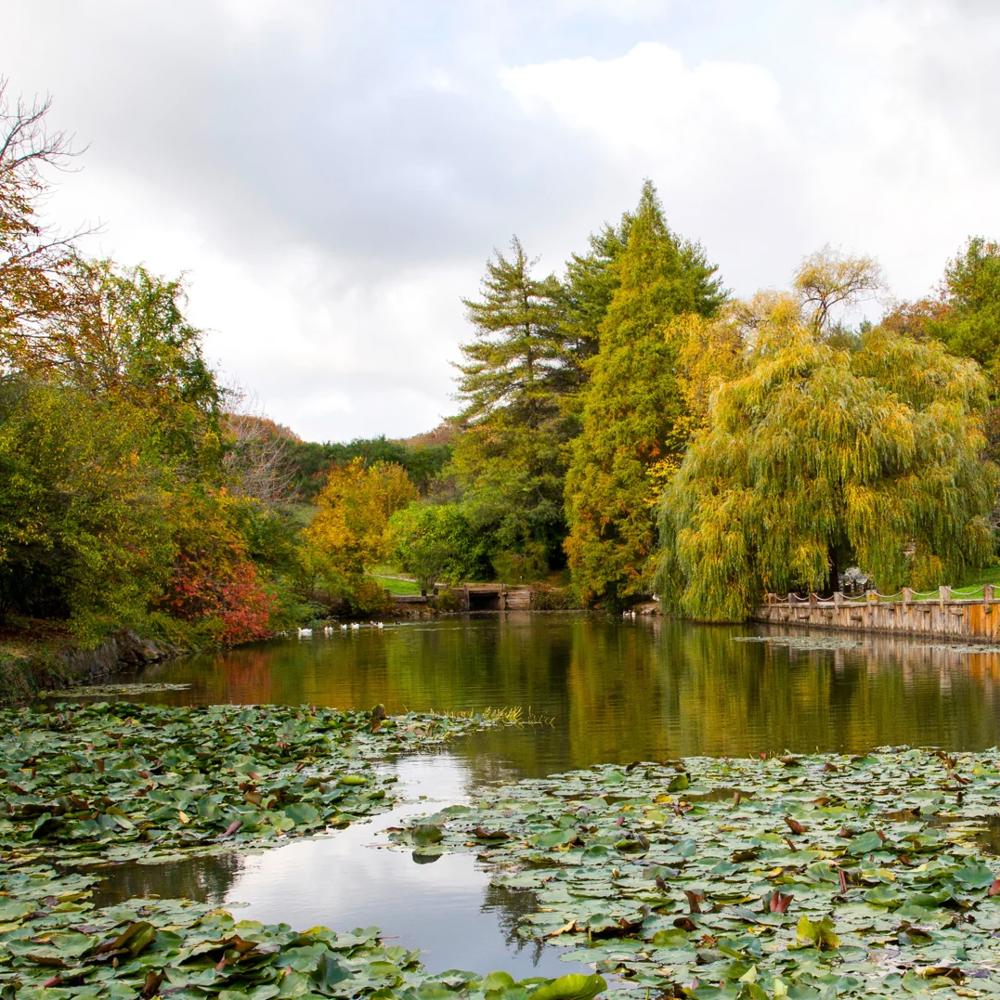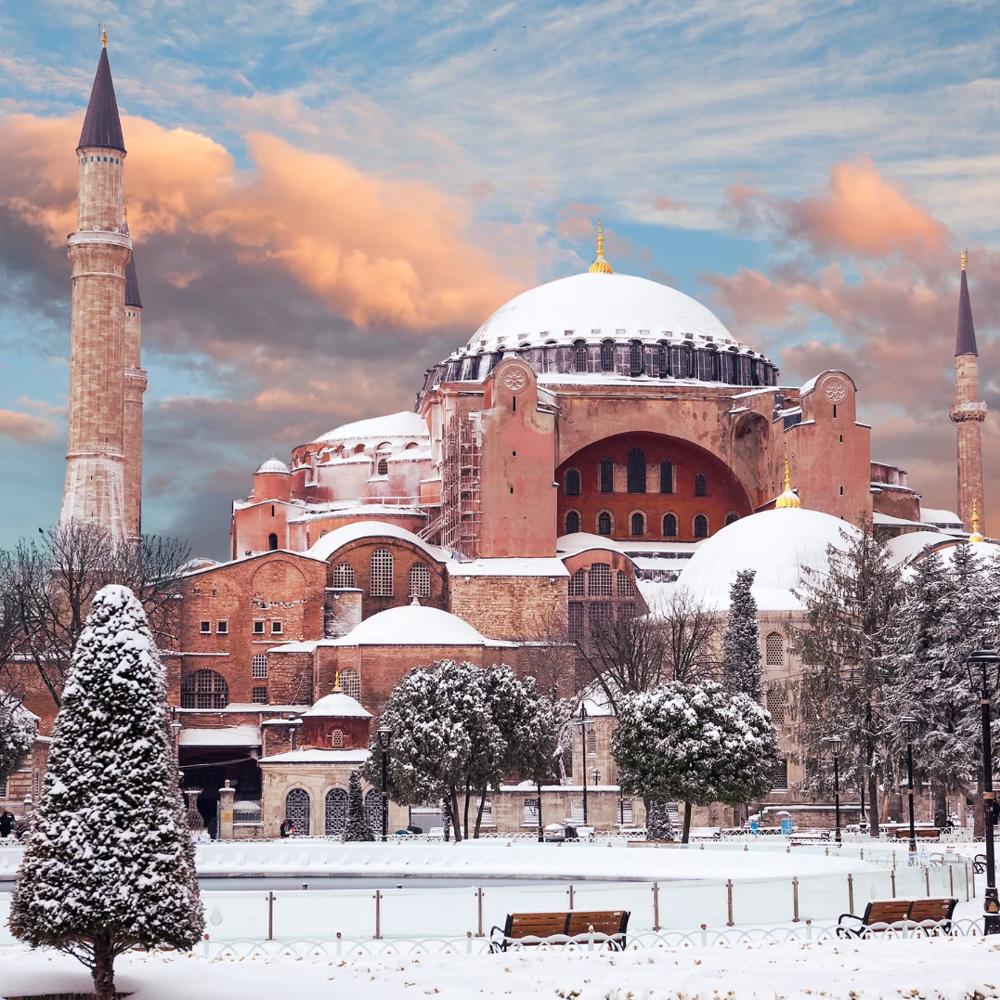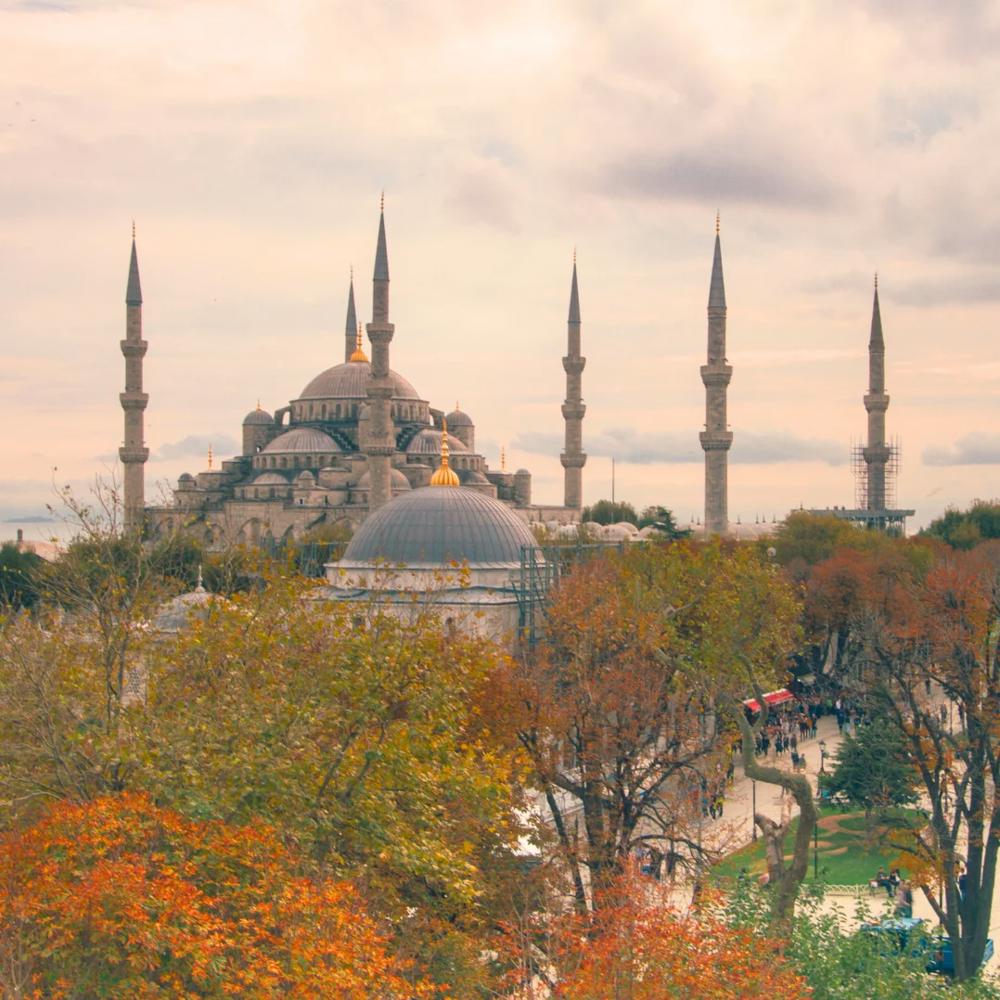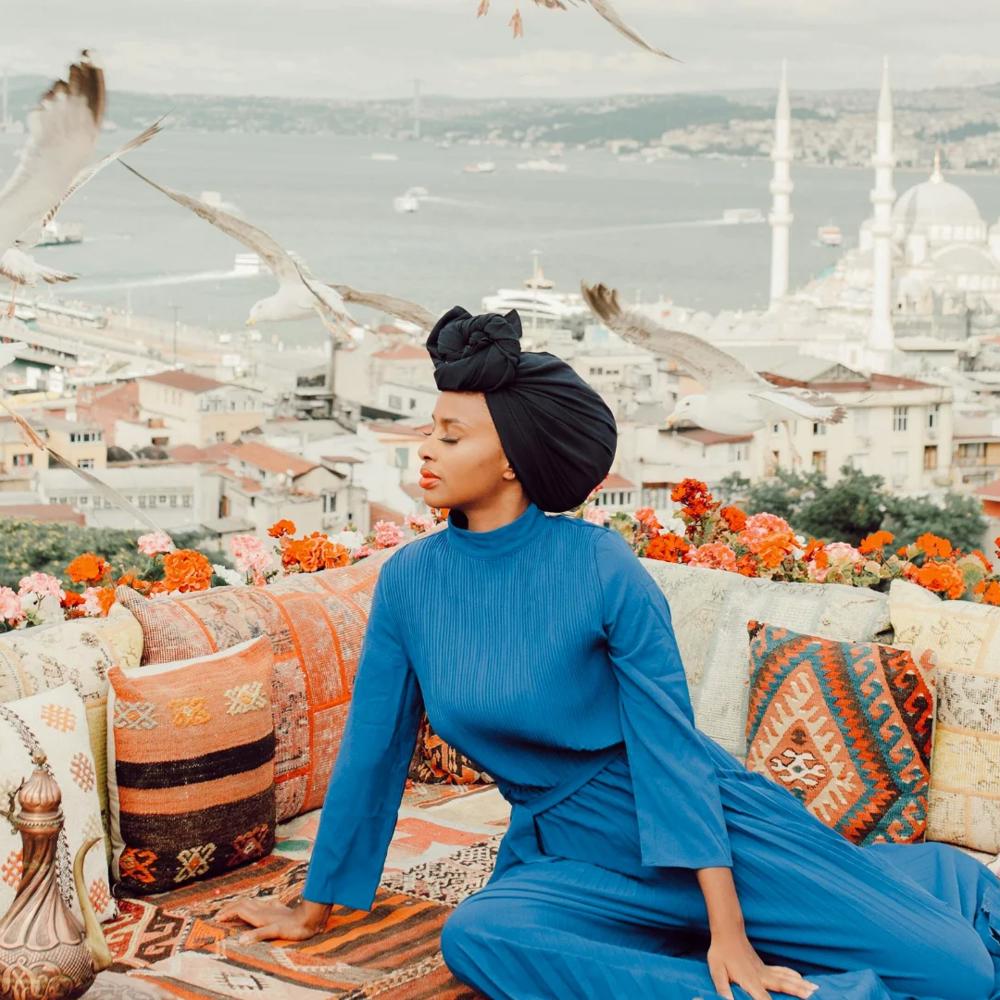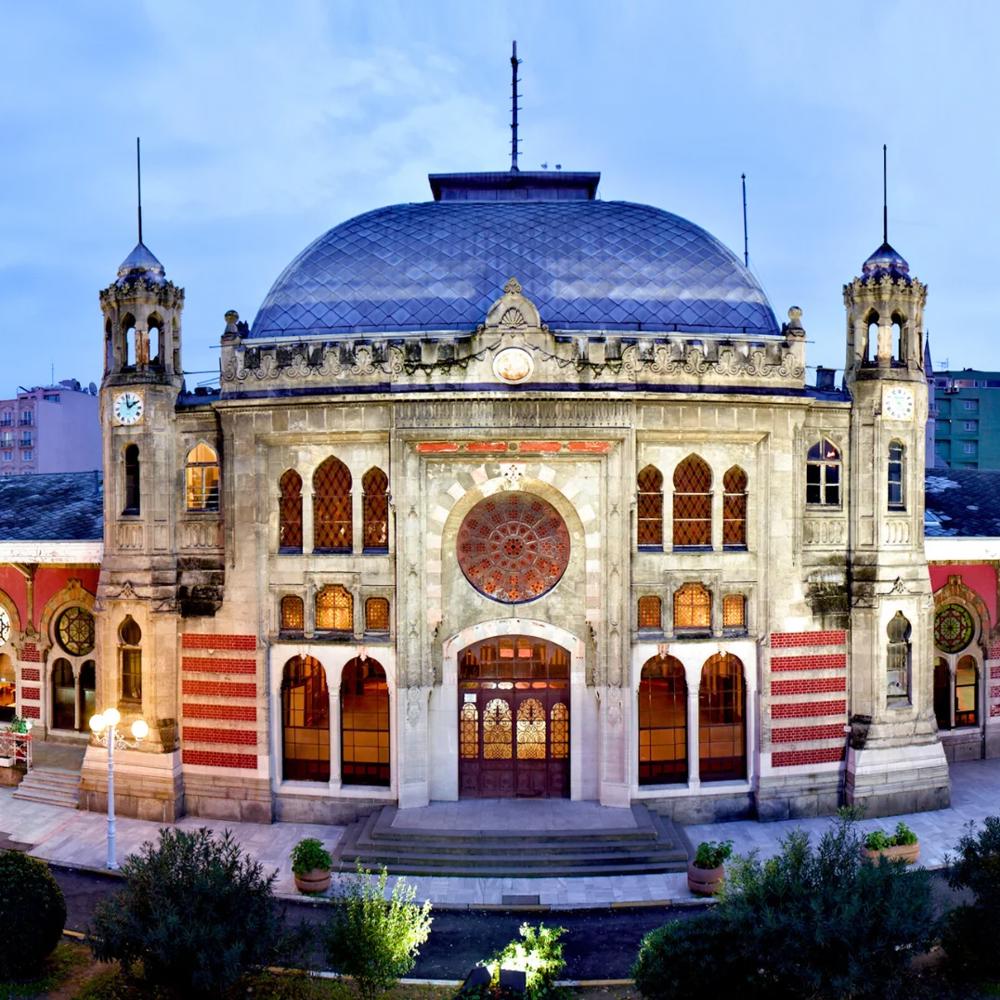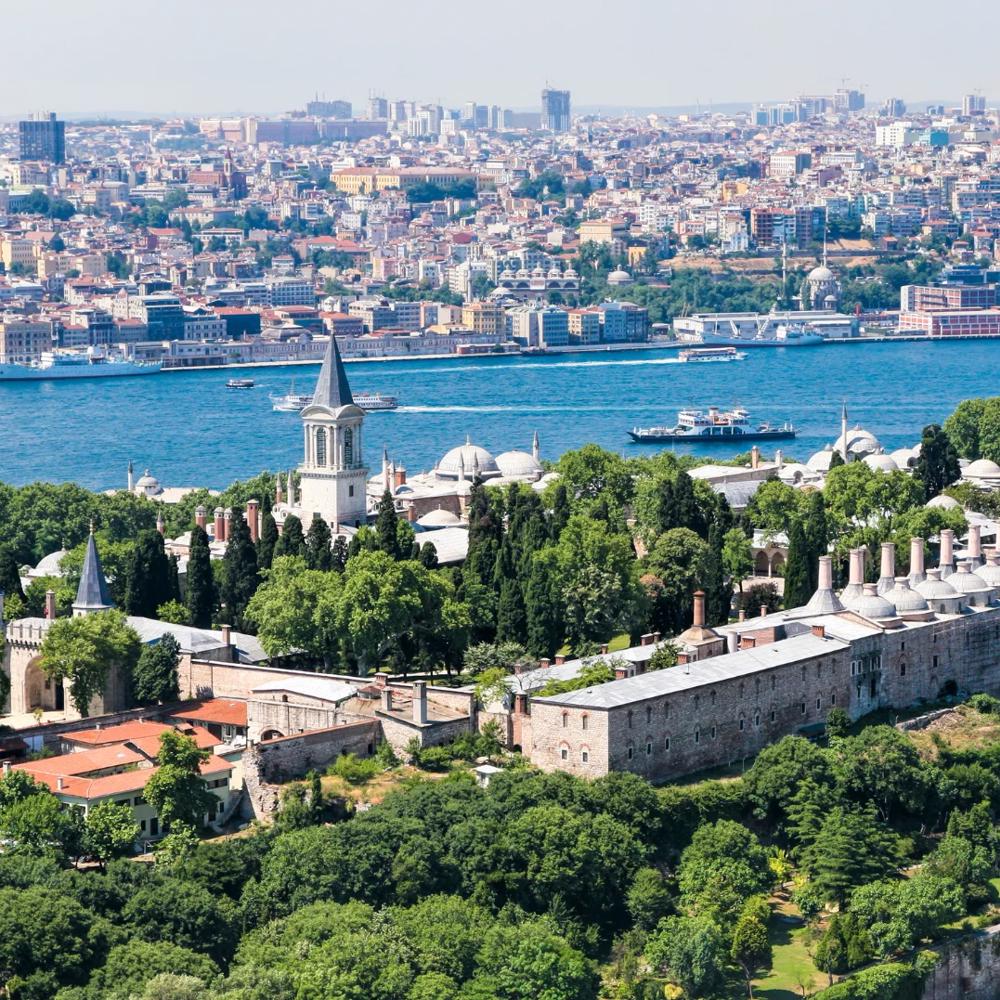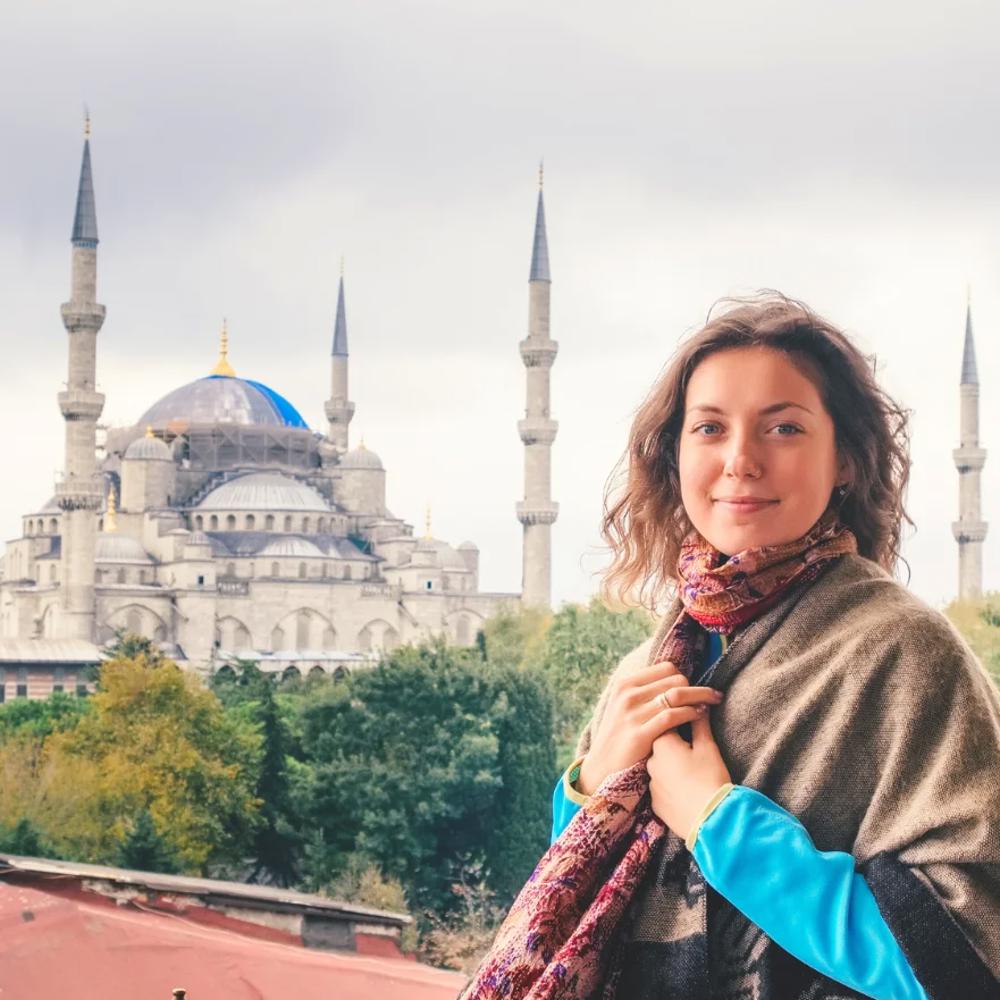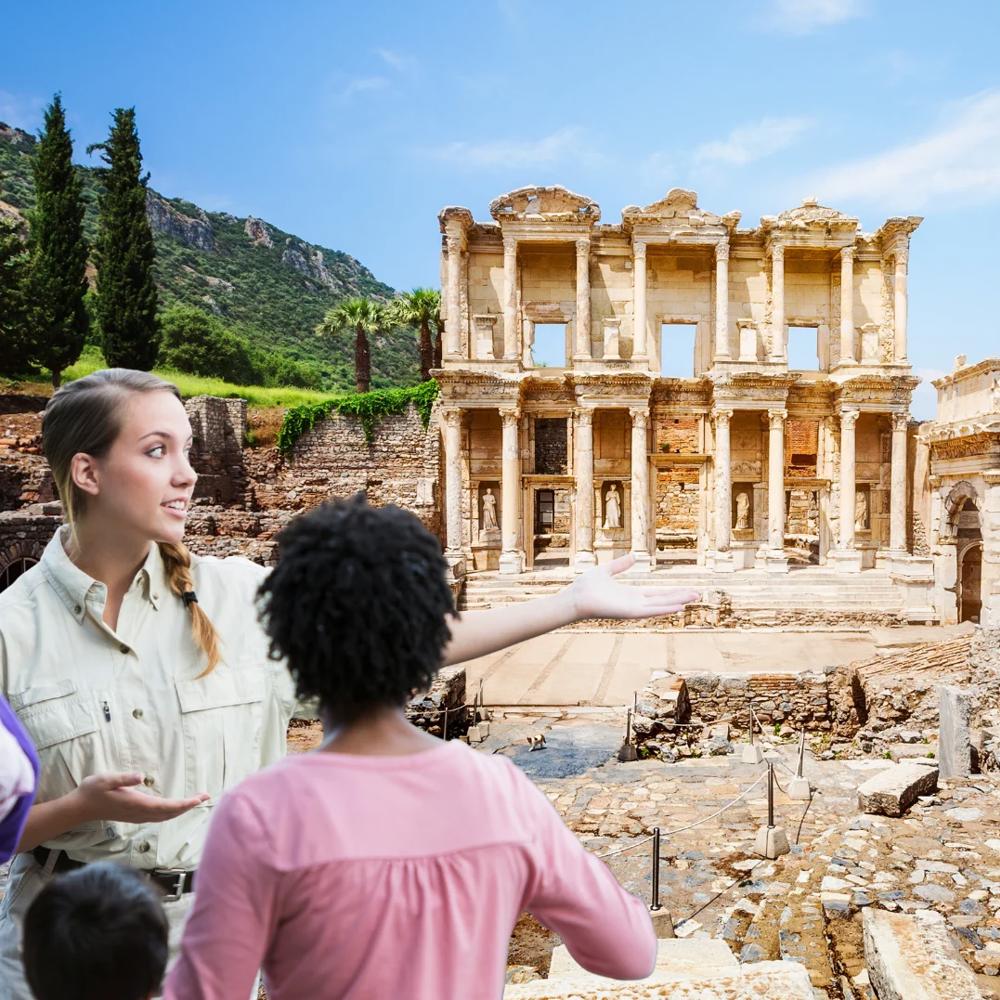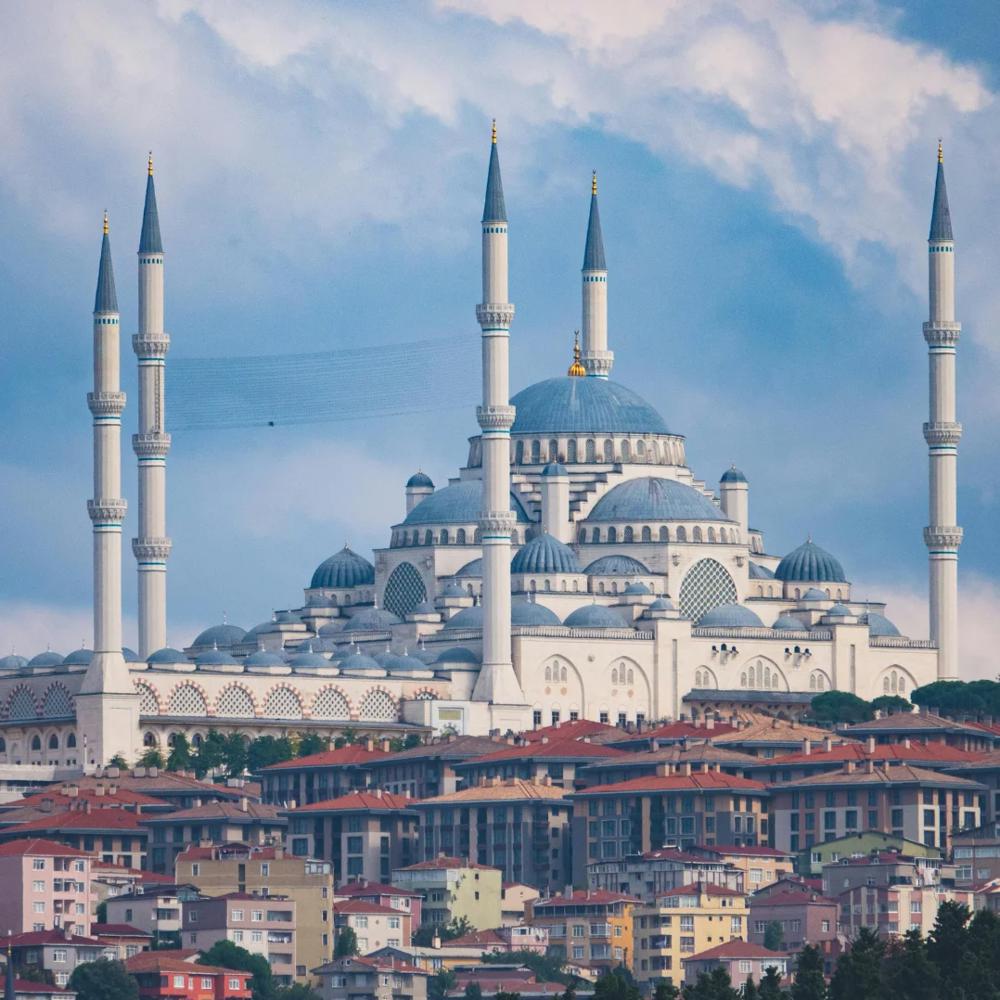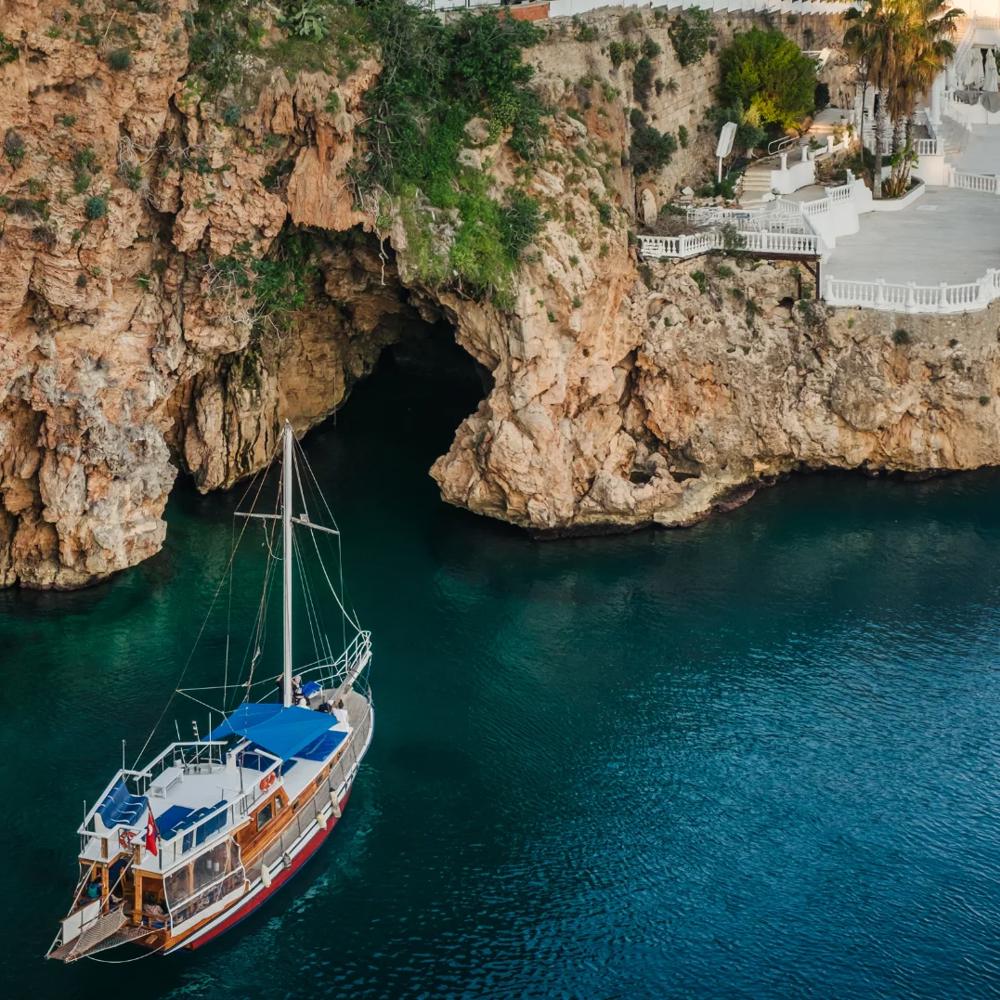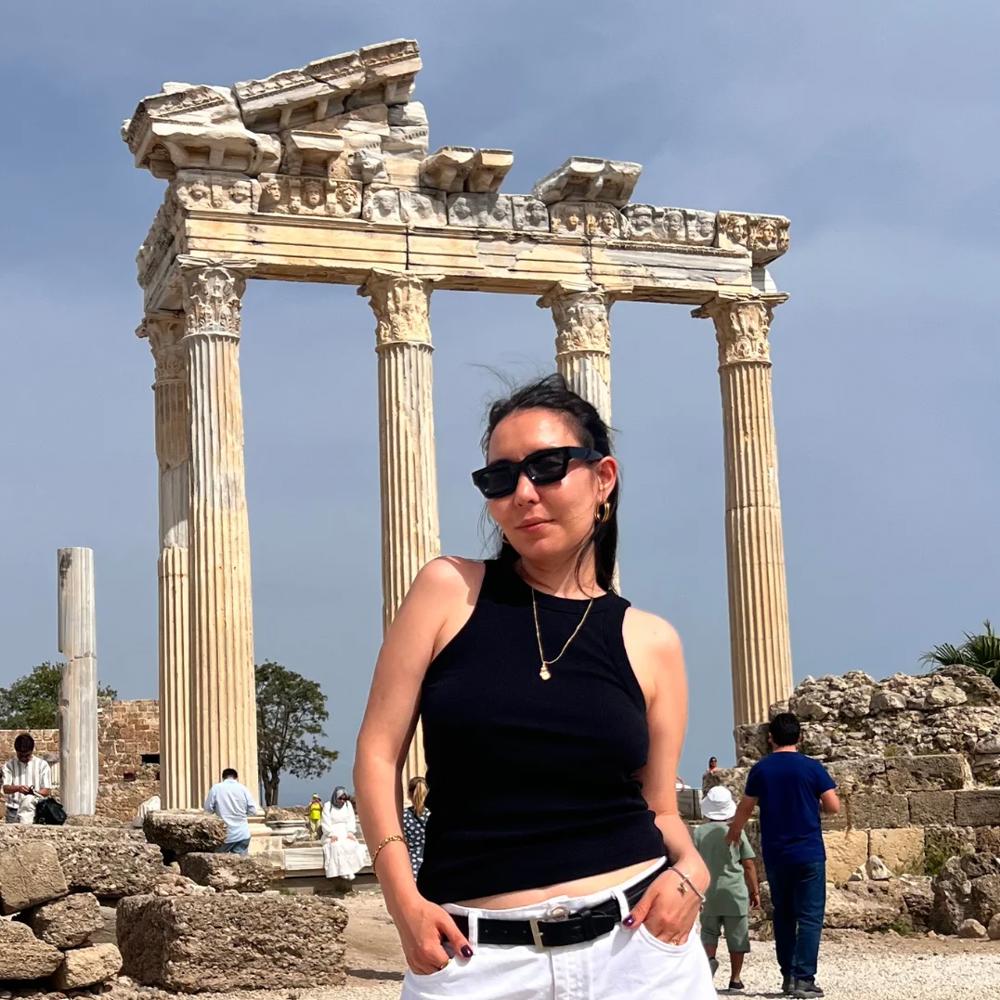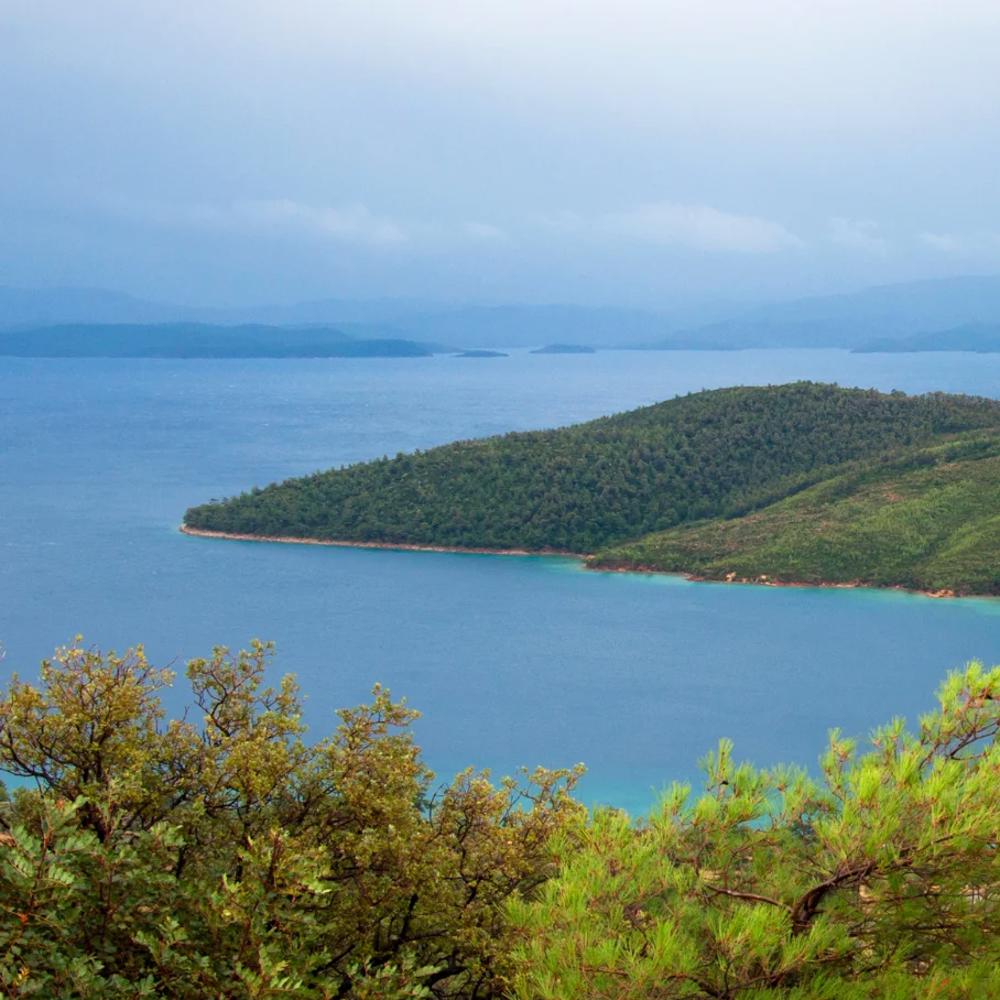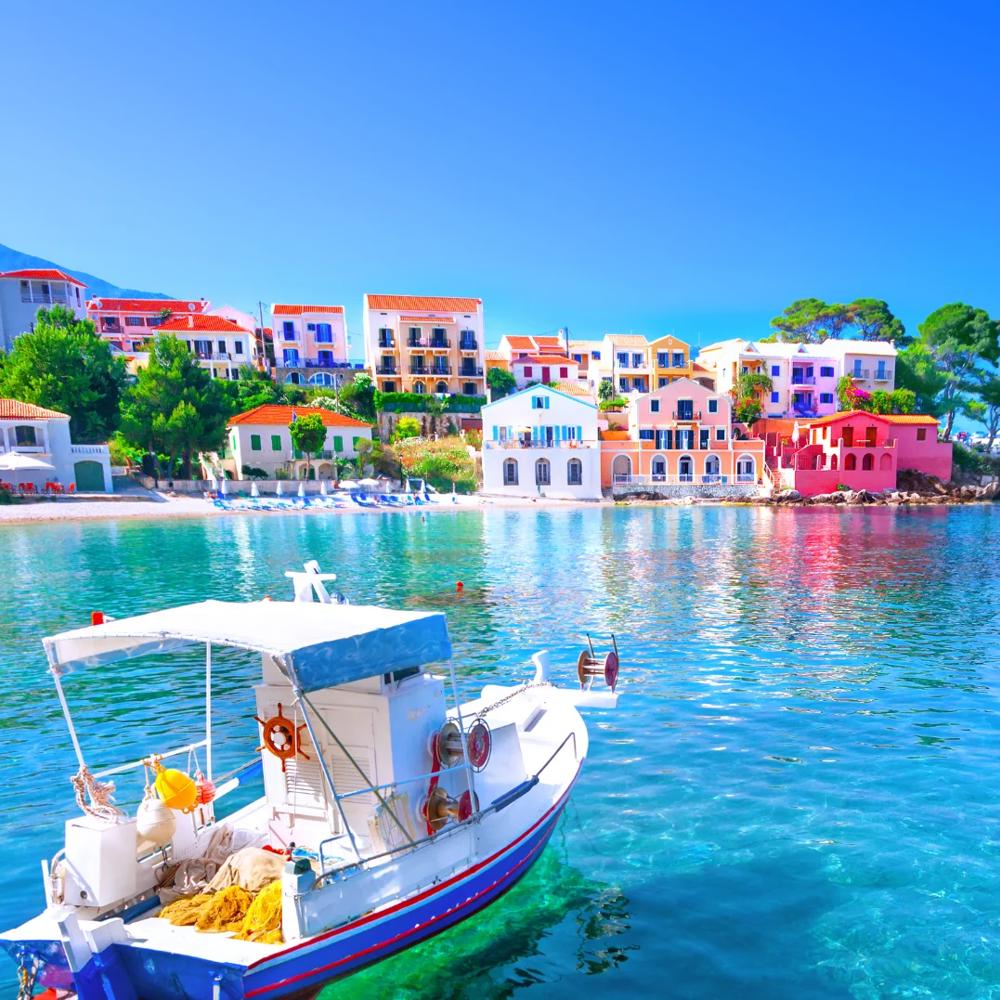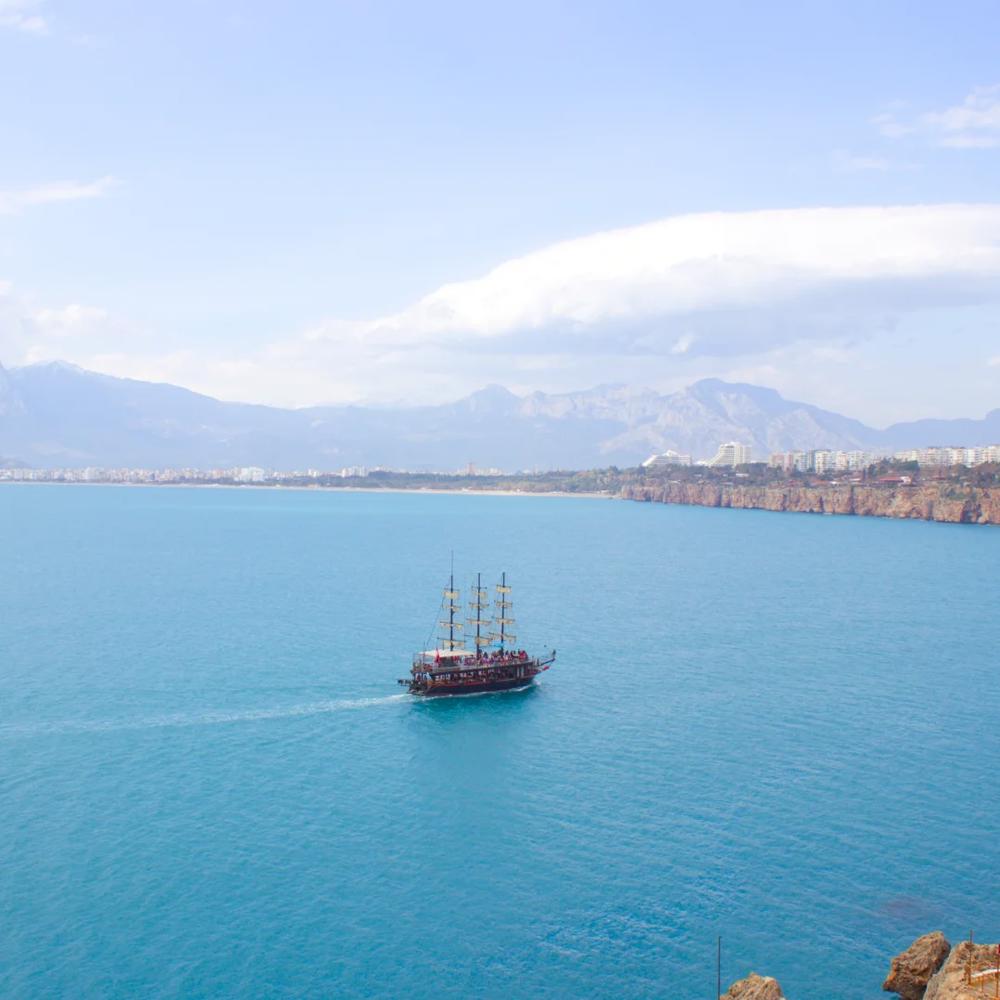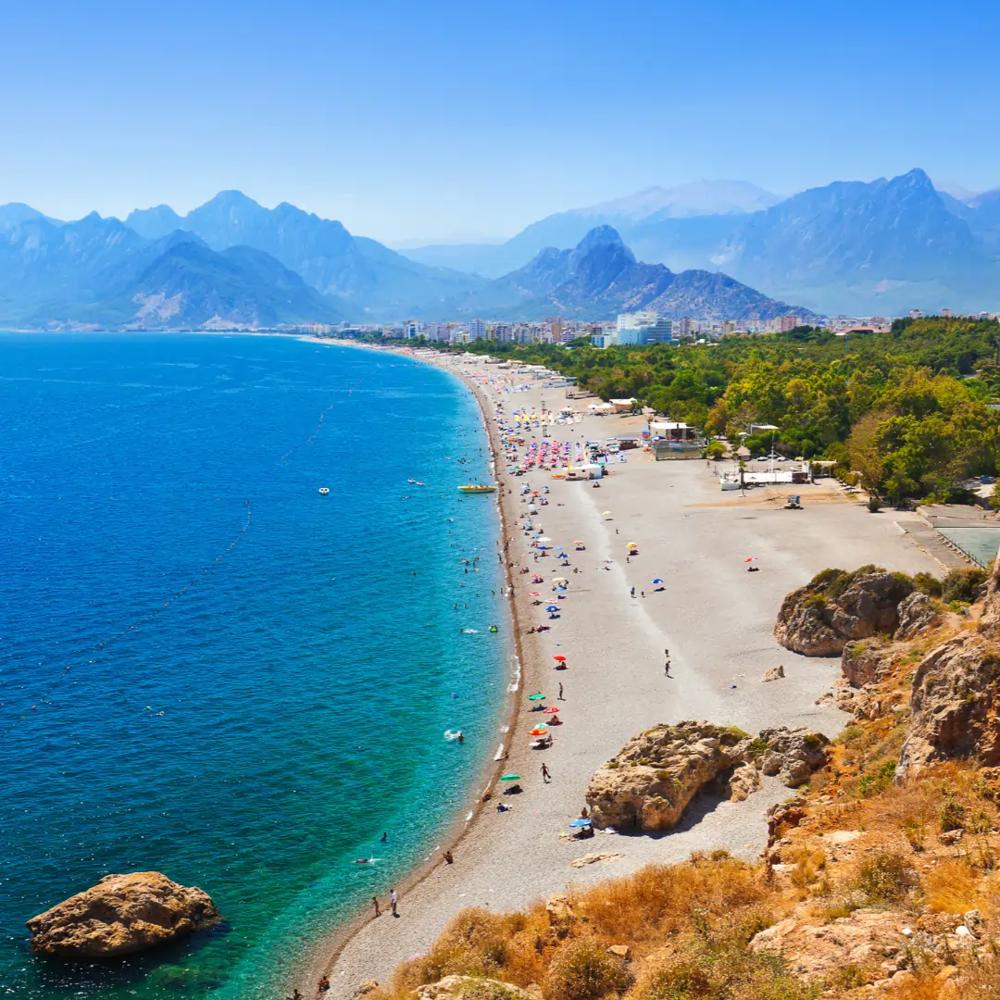Hagia Sophia
Istanbul, Turkey, is home to a building that is iconic and highly regarded for its architectural and historical relevance to several religions, Hagia Sophia. Built in 532 AD on the orders of Emporer Justinian I of the Byzantine rule, it was the main church for Eastern Orthodox Christianity for about 1000 years.
The Ottomans took a different approach after Sultan Mehmed II took over Constantinople on the 1453 and turned it into a mosque as they built minarets, a mihrab, and started writing out Islamic verses, such as poetry, while still proeserving Byzantine paintings. In 1935, after the secularization of Turkey, Mustafa Kemal Atatürk turned it into a museum.
Looking at the breathtaking images of the Christ and the Virgin Mary alongside the saints, one gets a sense of the historical connection and exchange of power between Christianity and Islam.
It is enlisted by UNESCO as World Heritage Site. That's why, gets millions of tourists every year and still vividly showcasing complex political and religious history of Turkey, depict the country as a major crossroads between the east and west.
It still remains as a living testament to the rich, varied, and complex past of Istanbul.






